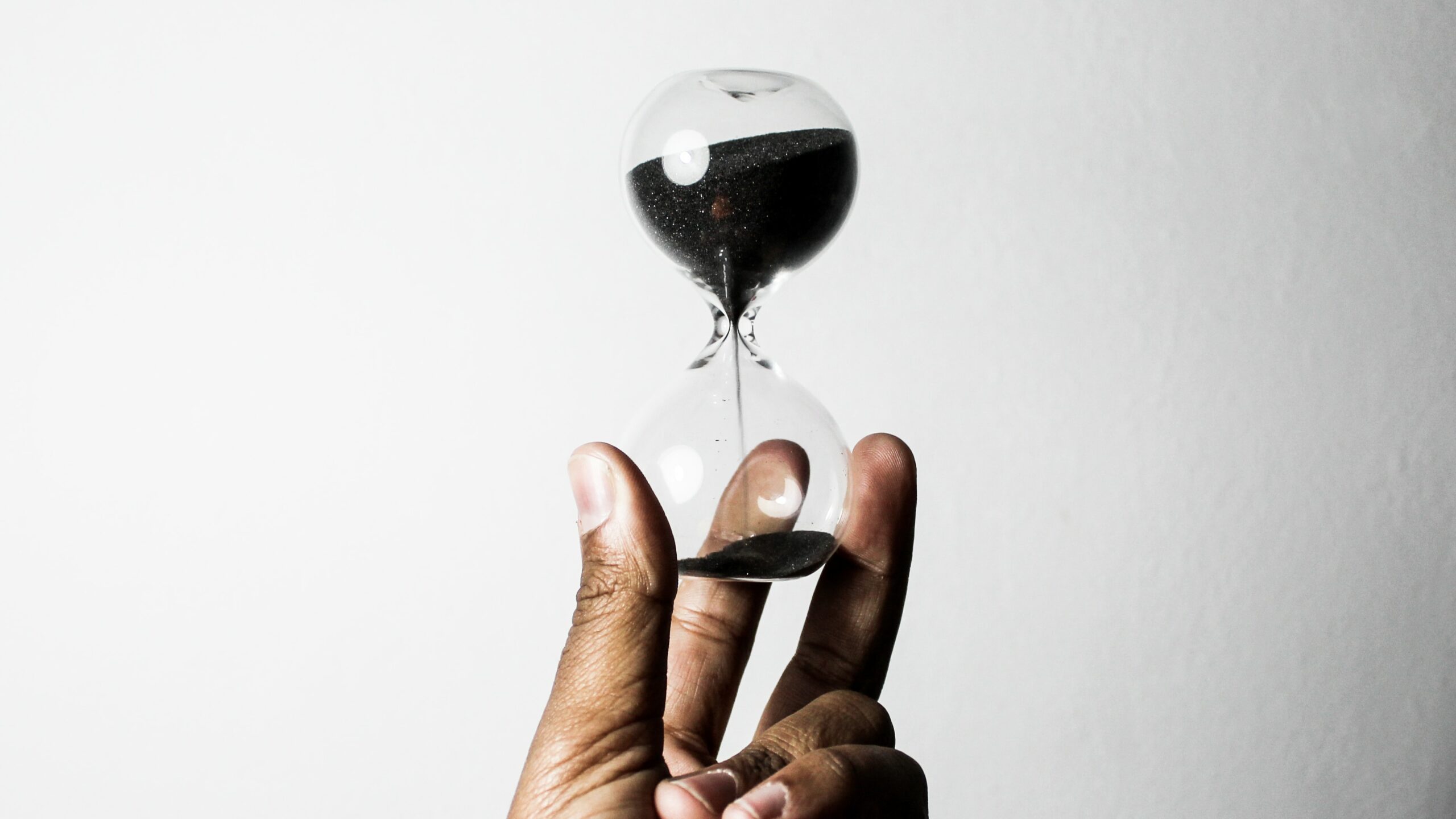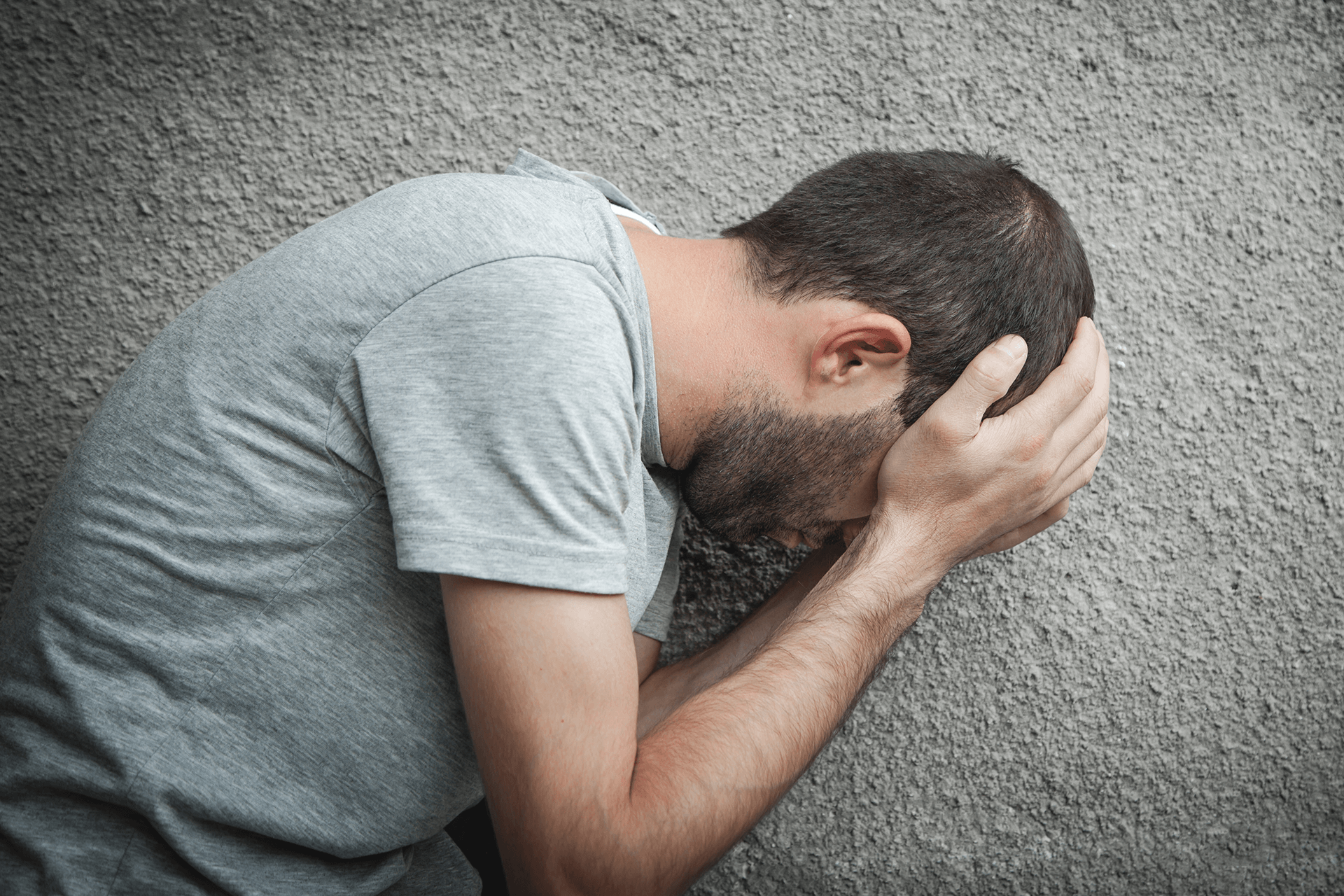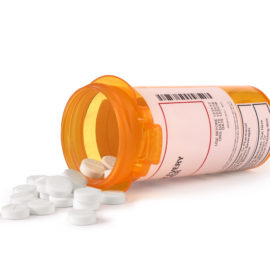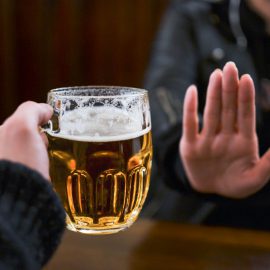Individuals grappling with mental health challenges often discover significant relief through medications prescribed by their healthcare providers. Barbiturates and benzodiazepines are commonly indicated to treat various conditions like panic disorder and anxiety disorder. Regrettably, both these classes of drugs carry a high risk of addiction. This guide to barbiturates vs benzodiazepines explores issues that include:
- Are benzodiazepines barbiturates?
- Why benzodiazepines replaced barbiturates.
- Benzos vs barbiturates addiction treatment: what’s the difference?
Differences Between Barbiturates and Benzodiazepines
While barbiturates and benzodiazepines are both classes of medications used for their sedative and central nervous system depressant effects, there are key differences between the two. Understanding these distinctions is beneficial for healthcare providers and individuals alike.
Mechanism of action
- Barbiturates: Act directly on GABA (gamma-aminobutyric acid) receptors, keeping them open for an extended period, leading to a negative charge and reduced nerve cell responsiveness.
- Benzodiazepines: Enhance the efficiency of GABA receptors but do not directly stimulate them. They change brain chemistry, resulting in reduced sensitivity of brain cells to nerve impulses.
Depressant effects
- Barbiturates: Have a more pronounced depressive effect on the central nervous system, leading to slowed breathing and heart rate, alongside muscle relaxation.
- Benzodiazepines: Produce a calming effect without as significant a depressive impact on the central nervous system, meaning that benzos are considered safer.
Risk of dependency
- Barbiturates: Carry a high risk of physical and emotional dependency, even when used as prescribed for a short duration.
- Benzodiazepines: Also pose a risk of dependency but are generally considered safer than barbiturates. Dependency risk remains high, especially with prolonged use.
Prescription patterns
- Barbiturates: The use of barbiturates is now mainly limited to pre-operative settings.
- Benzodiazepines: Prescribed for a variety of conditions, including anxiety, seizures, insomnia, and alcohol withdrawal. Commonly used for short-term relief of symptoms but associated with high rates of abuse and addiction.
Drug interactions
- Barbiturates: Have a narrow range of therapeutic dosage. Even incremental differences in dosage can trigger radically different side effects. Dangerous if mixed with other CNS depressants, opioids, antidepressants, and alcohol.
- Benzodiazepines: Also pose risks of interactions, especially when combined with other substances, leading to lethargy, excessive sedation, or coma.
Availability and abuse potential
- Barbiturates: Limited availability due to their high risk of abuse and addiction. Less commonly found on the black market.
- Benzodiazepines: More widely available, contributing to higher rates of abuse and addiction.
What Are Benzodiazepines?
Benzodiazepines are sedatives and central nervous system depressants. Similar to barbiturates, benzos are widely prescribed for conditions like insomnia, anxiety, alcohol withdrawal, or seizures.
While benzodiazepines are considered less risky than barbiturates, they may still lead to the development of dependence, both physical and psychological, even when taken as directed. Resultantly, healthcare professionals typically limit their prescription to short-term use.

Types of benzodiazepines
The main benzos prescribed in the United States include:
- For anxiety disorders: Librium, Xanax, Valium, Ativan, Tranxene
- For seizures: Ativan, Tranxene, Onfi, Klonopin
- For insomnia: Halcion, Restoril, Dalmane, Prosom
- For anesthesia: Valium, Versed, Ativan
- For alcohol withdrawal: Librium
How do benzos work?
Like barbiturates, benzos impact GABA, a chemical messenger that’s responsible for transmitting calming messages in the brain. Benzos reduce the sensitivity of brain cells. Unlike barbiturates, benzodiazepines don’t directly stimulate GABA receptors but enhance their efficiency. While still producing a calming effect, benzos have a less depressive impact on the CNS than barbiturates, rendering them safer to use. That said, their potency means that they remain potentially dangerous medications.
Benzo uses
Benzos are prescribed in cases where barbiturates were previously indicated, especially for the management of insomnia, anxiety, and seizures. Many benzos can be used interchangeably, though certain types are specific to particular purposes. With a rapid onset, of action, they are often used for the treatment of panic attacks. The widespread availability of benzos contributes to higher rates of abuse, making benzo addiction more prevalent than barbiturates addiction.
What Are Barbiturates?
Barbiturates are also sedatives, producing calming and relaxing effects comparable to those induced by alcohol. Commonly prescribed to address specific conditions like seizures, anxiety, or as an anesthetic for surgery, these CNS depressants diminish nerve activity, leading to muscle relaxation, a slowed heart rate, and reduced breathing.
Types of barbiturates
Common barbiturates include:
- Fioricet
- Nembutal
- Amytal
- Seconal
- Donnatal
- Butisol
How do barbiturates work?
Barbiturates influence GABA levels in the CNS. Binding to GABA channels, they keep them open for an extended duration, generating a negative charge. This reduces the responsiveness of brain cells to nerve impulses and is responsible for the sedative and analgesic properties of barbiturates.
Barbiturate uses
Presently, barbiturate use is mainly confined to pre-operative settings due to a high risk of abuse, addiction, and fatal overdose. If prescribed, the medication is only indicated for short-term use. Benzodiazepines have largely replaced barbiturates in medical practice due to their lower risk of addiction. Illegal barbiturates are scarcely encountered.
Drug interactions and risks
Barbiturates have a narrow therapeutic dosage range, making it easy to veer from safe to unsafe dosages. Small variations in doses can yield significantly different side effects, increasing the risk of unintended and potentially lethal consequences. Combining barbiturates with other central nervous system depressants, such as opioids, antidepressants, antihistamines, over-the-counter medications, alcohol, or benzodiazepines, can trigger excessive sedation, lethargy, or coma, posing a rapid and fatal threat.
Are Benzos the Same as Barbiturates?
While both benzos and barbiturates are classes of medications used for their sedative properties, they differ significantly in their mechanisms of action, effects on the CNS, and overall safety profiles.
Why Are Benzodiazepines Safer Than Barbiturates?
The safety distinction between benzodiazepines and barbiturates lies in several key factors, contributing to the preference for benzodiazepines in medical practice:
- Mechanism of action: Barbiturates act directly on GABA receptors, causing them to remain open for an extended period. This results in a more significant depressive effect on the central nervous system. Benzodiazepines enhance the efficiency of GABA receptors without direct stimulation, producing a calming effect with a milder impact on the central nervous system.
- Depressant effects: Barbiturates lead to pronounced muscle relaxation, slowed heart rate, and breathing, contributing to a more substantial depressive effect. Benzodiazepines produce a calming effect without as significant a depressive impact, making them safer in terms of CNS depression.
- Risk of dependency: Barbiturates carry a high risk of physical and emotional dependency, even with short-term use, increasing the likelihood of abuse. Benzodiazepines are generally considered safer, with a lower potential for addiction than barbiturates.
- Prescription patterns: Barbiturates are limited to specific settings due to a high potential for abuse, addiction, and fatal overdose. Replacement by benzodiazepines is common in medical practice. Benzodiazepines are prescribed for various conditions, but medical professionals exercise caution in prescribing them for short-term use to mitigate the risk of dependency and abuse.
- Availability and abuse potential: Barbiturates have limited availability due to their high risk of abuse and addiction, reducing their prevalence on the black market. Benzodiazepines are more widely available, contributing to higher rates of abuse and addiction than barbiturates.

Get Treatment for Benzodiazepine and Barbiturate Addiction at Gratitude Lodge
Whether you are addicted to benzos or you have developed a barbiturate addiction, we can help you recalibrate your life and restore functioning at Gratitude Lodge in Southern California.
Both benzo and barbiturate addictions respond to the same therapeutic interventions. Begin your recovery with our medical detoxification program. A tapered reduction in prescription drug dosage streamlines the intensity of withdrawal. Continuous care during detox mitigates complications and reduces the chance of relapse.
After detox, inpatient treatment at Gratitude Lodge involves a customized blend of the following therapies:
- Holistic therapies
- Psychotherapies
- Group therapy
- Family therapy
- Individual counseling
- MAT (medication-assisted treatment)
- Aftercare
Call Gratitude Lodge at 800-994-2184 and discover how to combat prescription drug addiction in California.




























